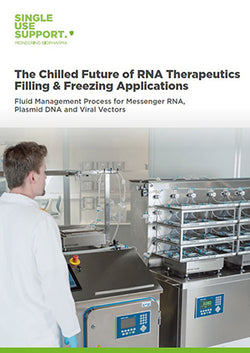Plasmid DNA (pDNA) Manufacturing
Plasmid DNA (pDNA) is used for a wide range of applications in research, preclinical and clinical studies. Most commonly known in the context of COVID-19 vaccines, pDNA serves as a starting material for the production of mRNA, but also for producing viral vectors, such as AAVs (Adeno-Associated Virus Vectors) and Lentiviral Vectors.
Using E. coli fermentation, Plasmid DNA is produced in large bioreactors to generate enough biomass to inoculate a larger fermenter, followed by clarification, filtration steps in downstream bioprocessing.
The manufacturing process is typically slow, expensive, has limited capacity, and is vulnerable to batch failure. Flexible and scalable platforms for GMP-compliant plasmid DNA manufacturing improve commercial production.
